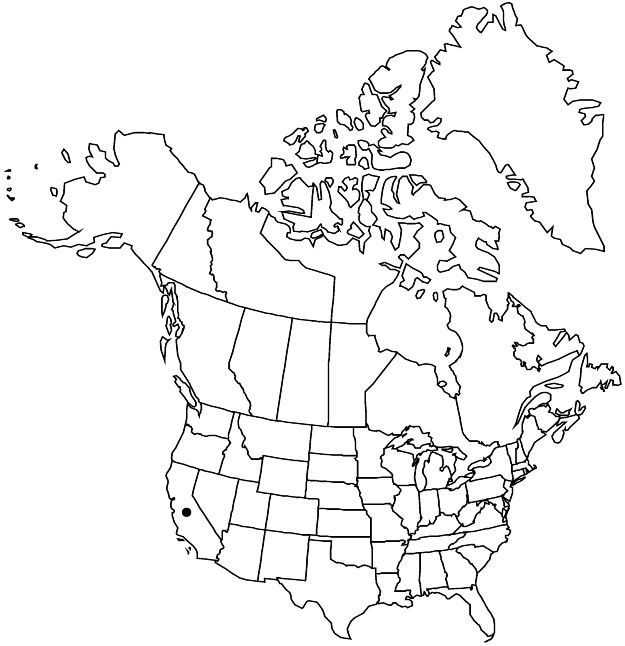Ceanothus cuneatus var. fascicularis
Leafl. W. Bot. 10: 350. 1966.
Shrubs, 1.5–2.5 m. Stems erect to spreading; branchlets brown to grayish brown. Leaf blades of non-fascicled leaves flat or cupped, widely oblanceolate to widely obovate, 5–11 × 4–7 mm, length usually less than 2 times width, margins usually entire, rarely 1–3-toothed, apex truncate or retuse; of fascicled leaves ± flat, elliptic to narrowly oblanceolate, 9–15 × 3–6 mm, length usually 2+ times width, apex obtuse to rounded. Flowers: sepals, petals, and nectary usually lavender, sometimes pale blue. Capsules 5–6 mm wide. 2n = 24.
Phenology: Flowering Feb–Apr.
Habitat: Sandy soils, maritime chaparral.
Elevation: 10–200 m.
Discussion
Variety fascicularis is endemic to sandy soils on marine terraces and coastal slopes of western San Luis Obispo and Santa Barbara counties. Plants are occasionally found without fascicled leaves, but can be identified by their lavender sepals and petals and capsules with weakly developed horns. Some specimens from south of Morro Bay, San Luis Obispo County, have pale blue flowers and denticulate nodal leaf blades similar to var. rigidus.
Selected References
None.
